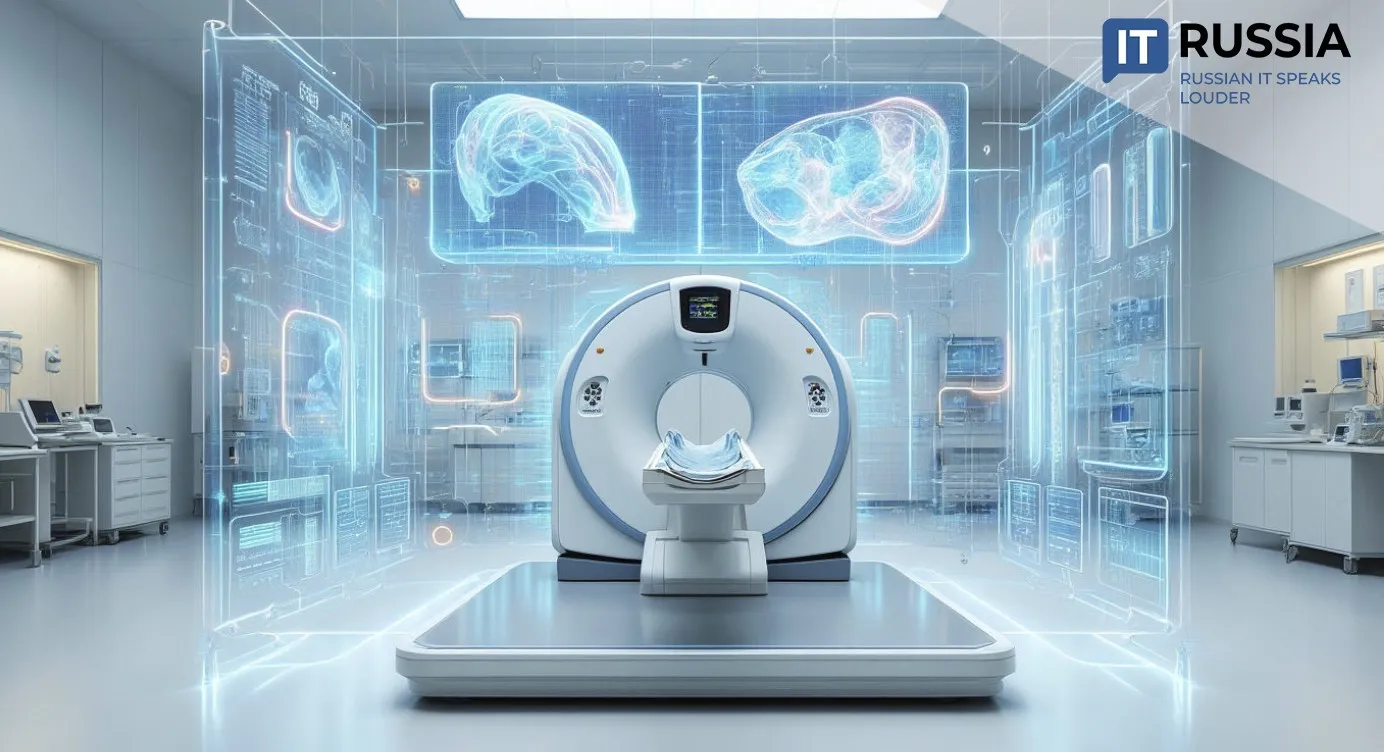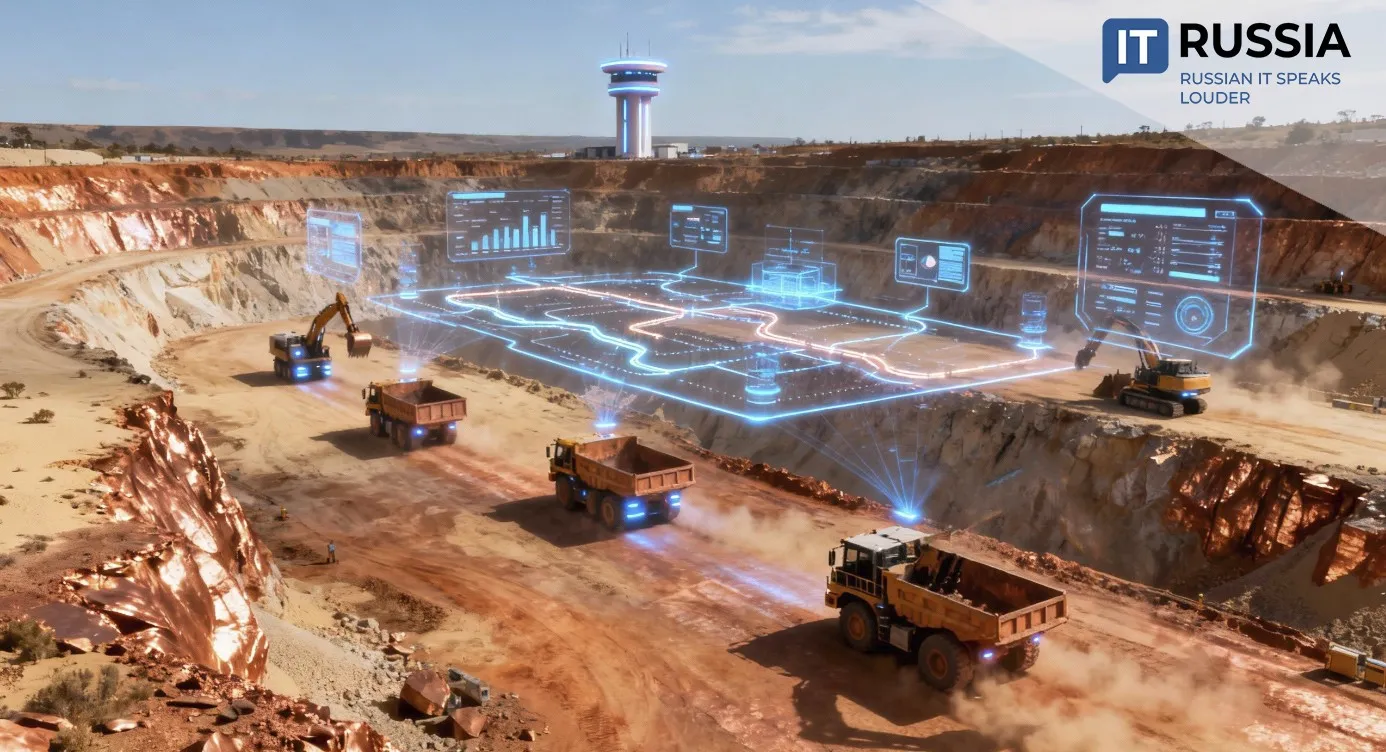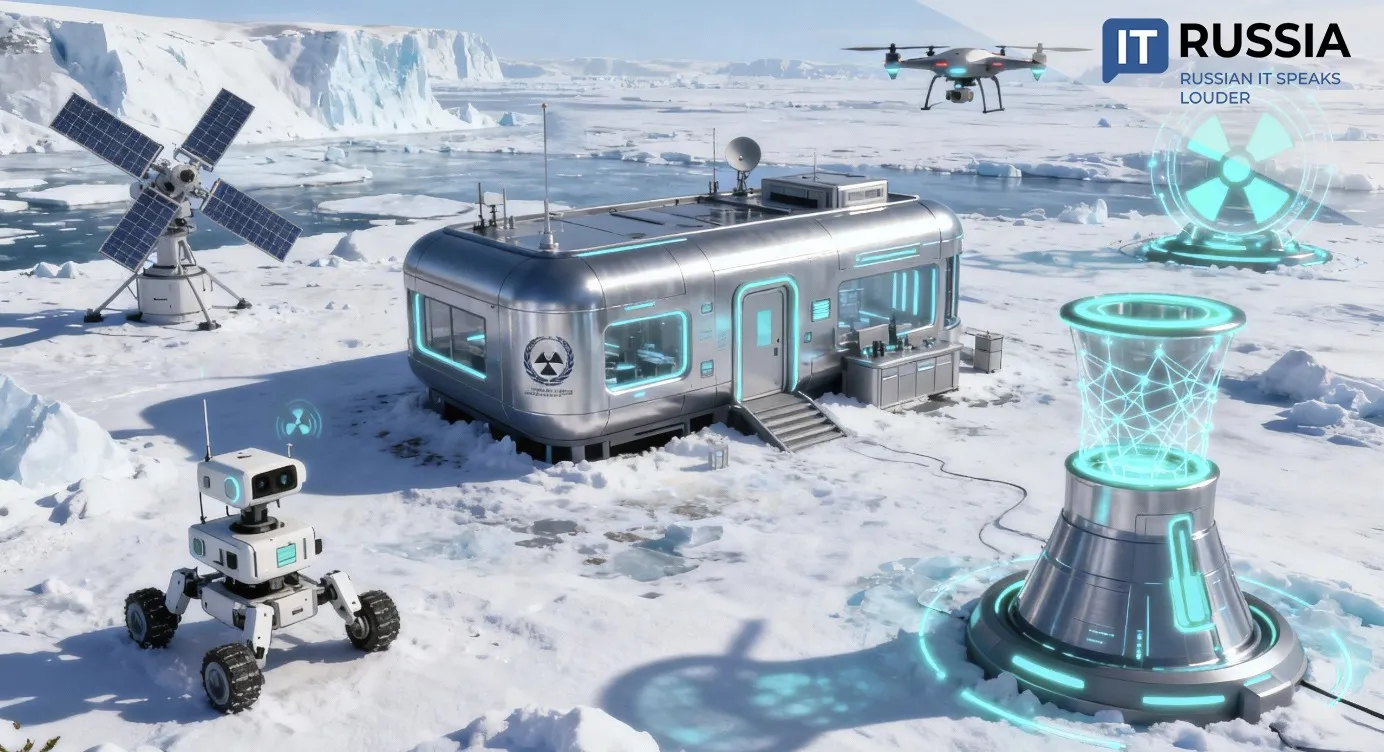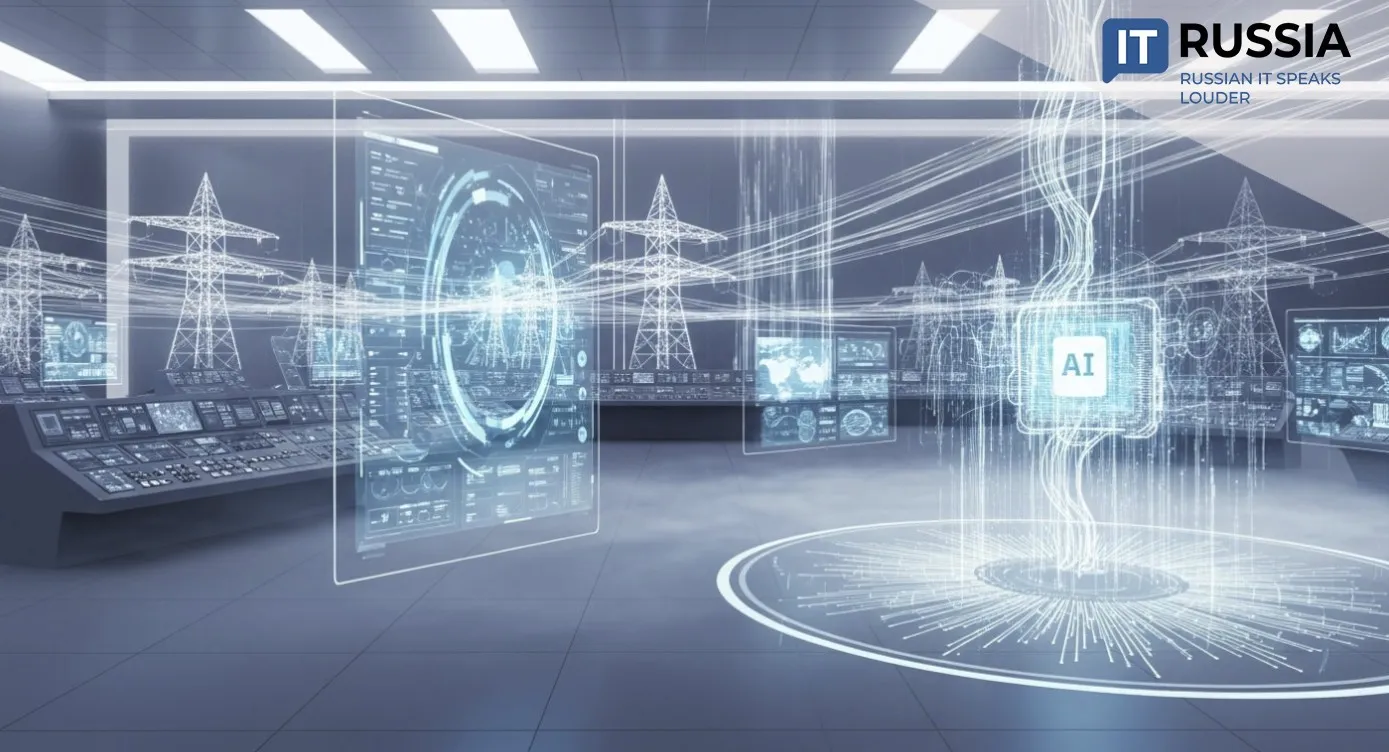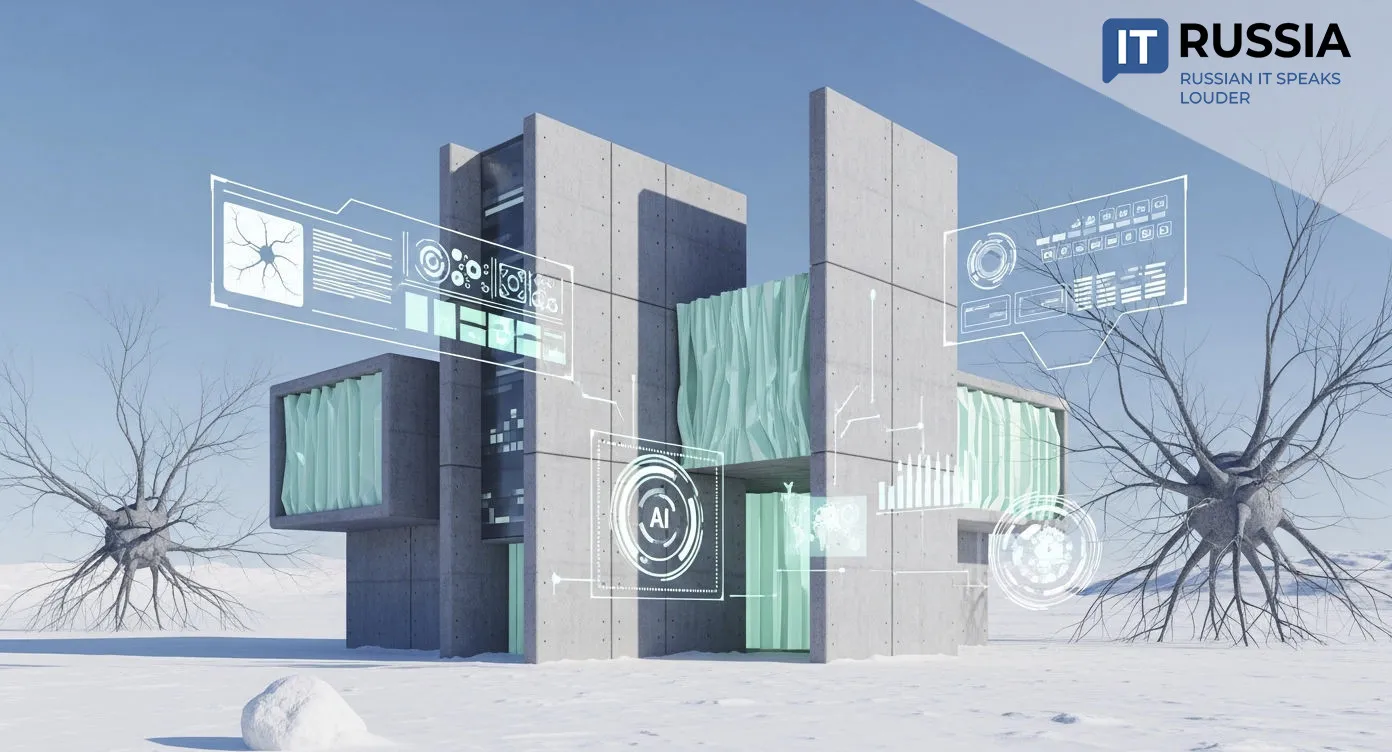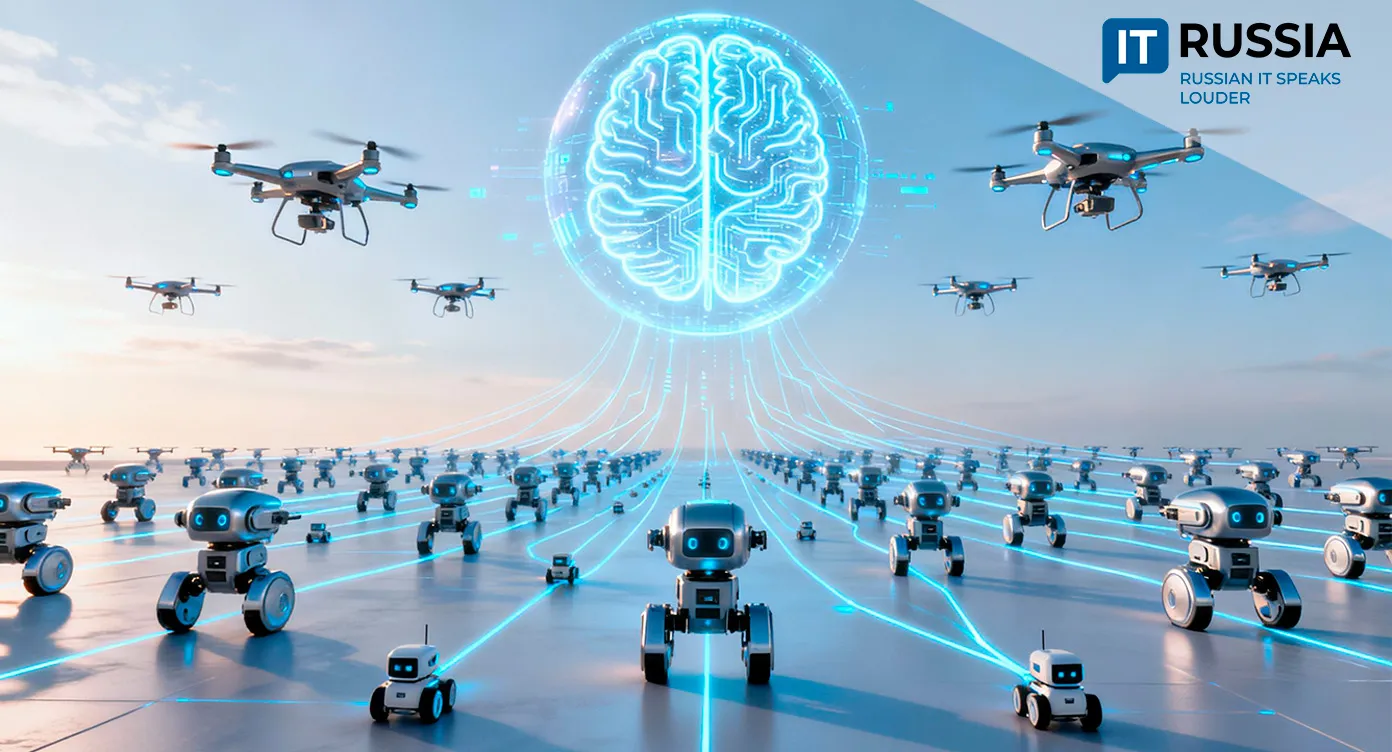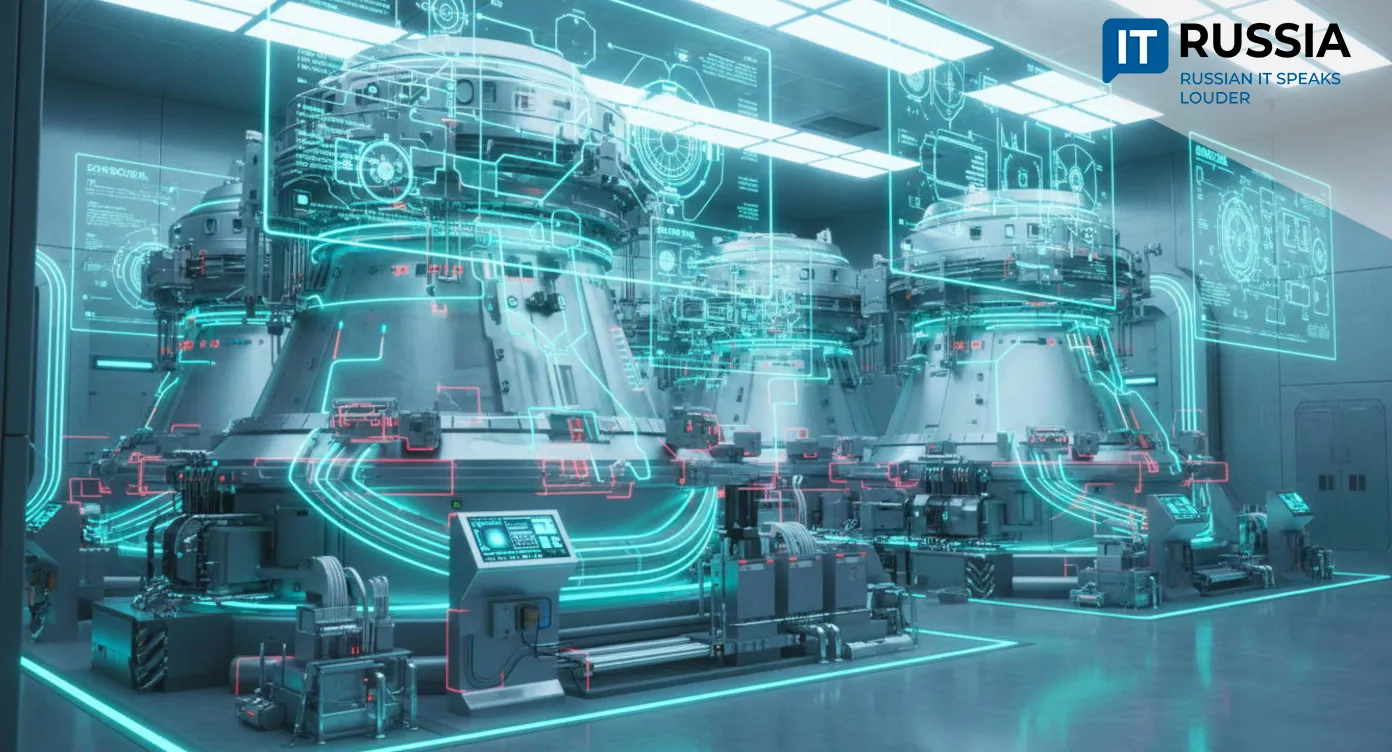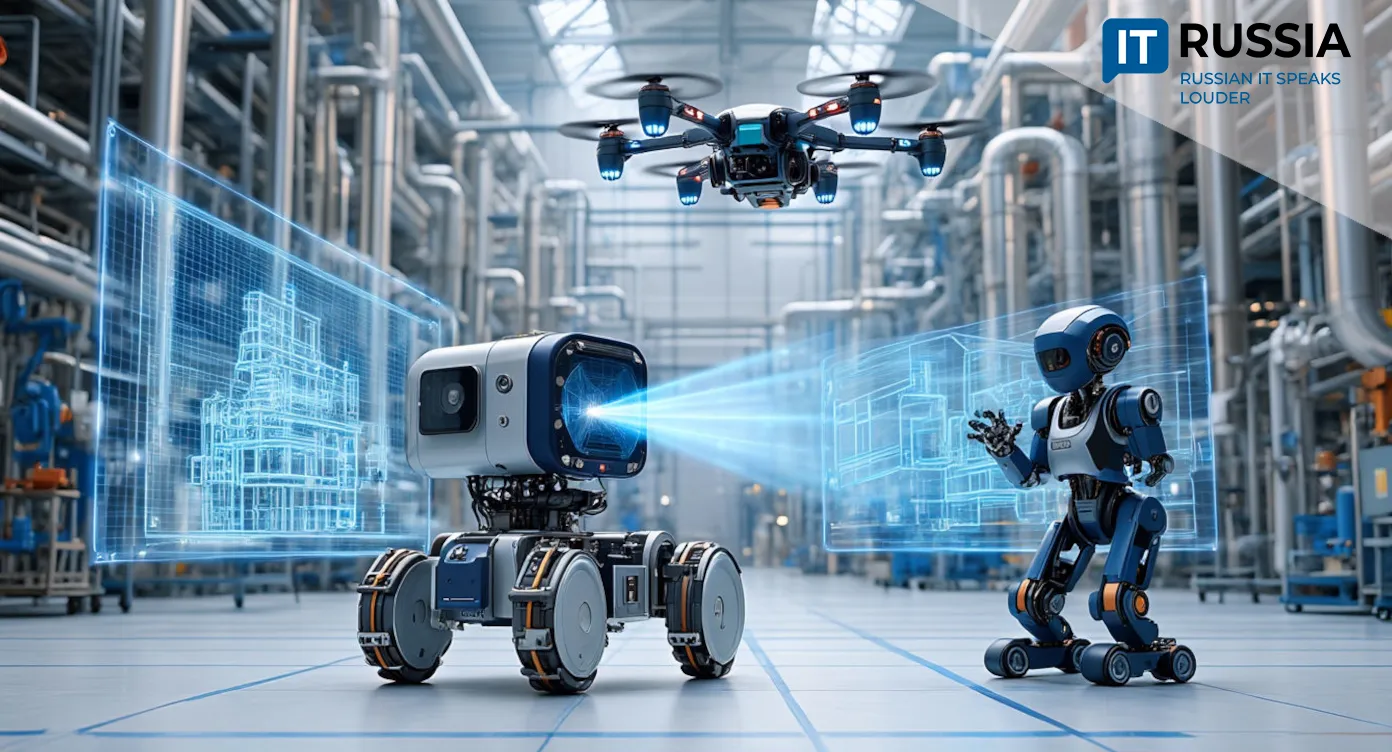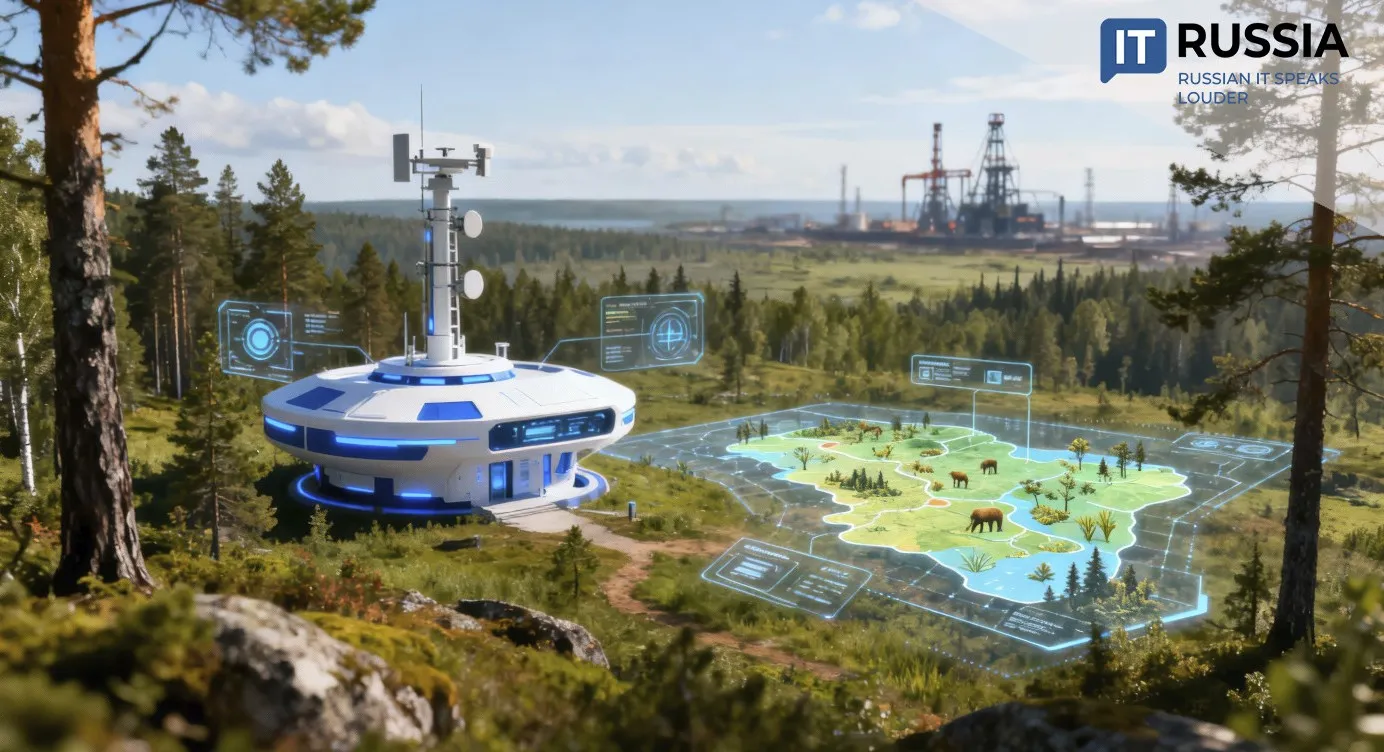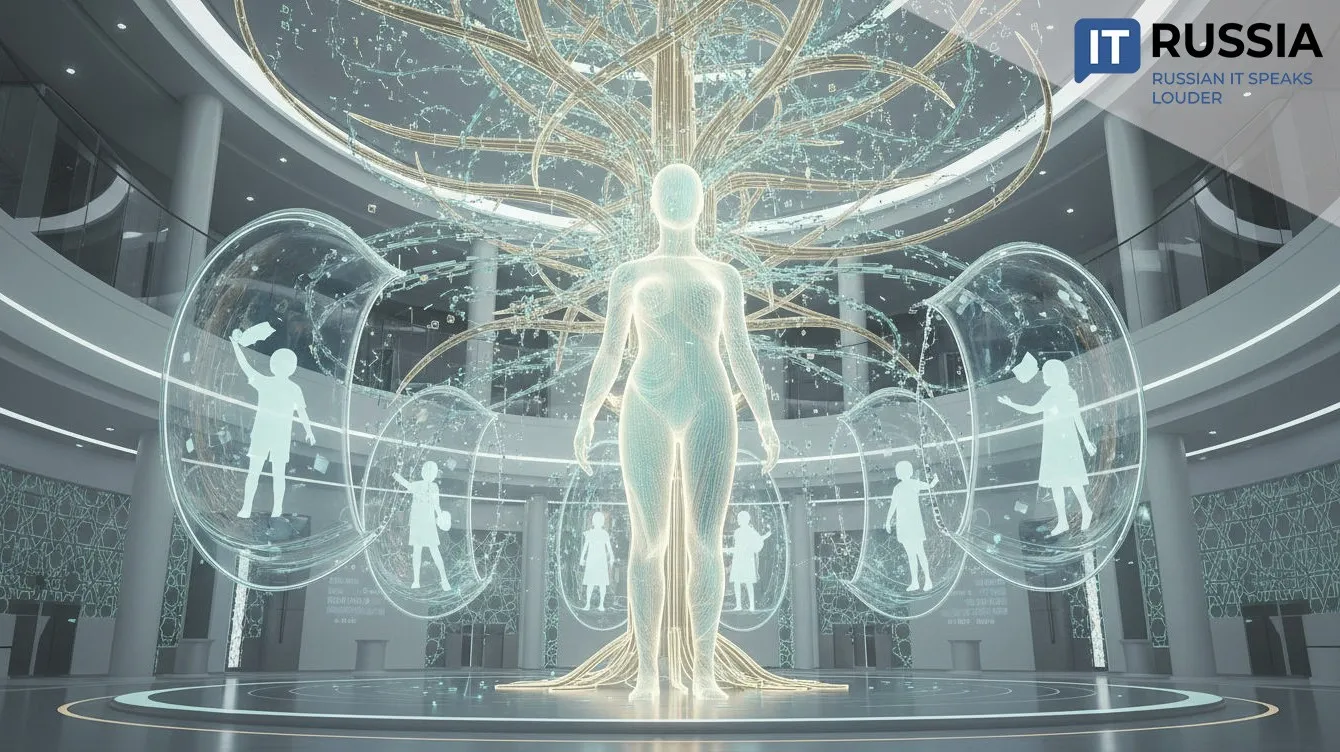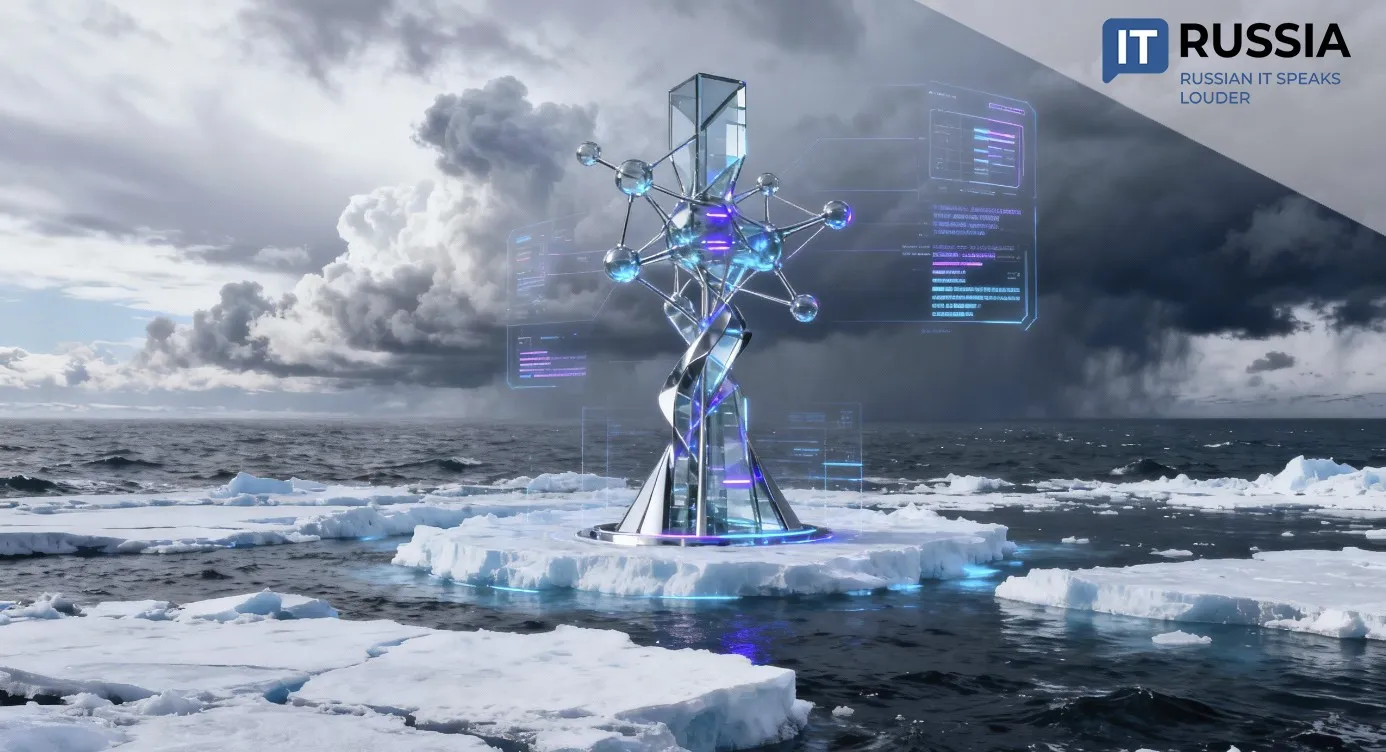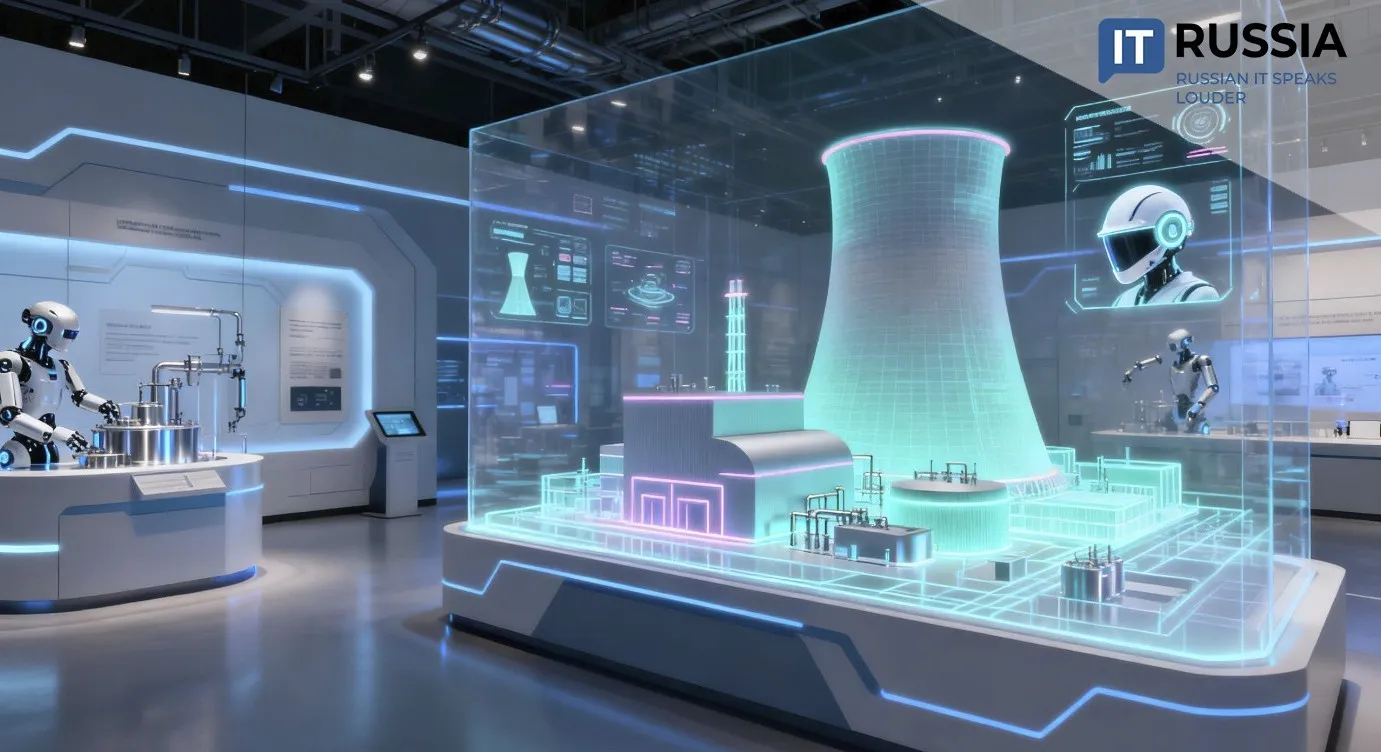Rock-Breaking Robot: The Missing Link on the Road to Digital Mines
A breakthrough in Russia’s mining sector signals a shift from concept to practice: a rock-breaking robot designed to make one of the most dangerous tasks in mining safer, smarter, and fully automated.
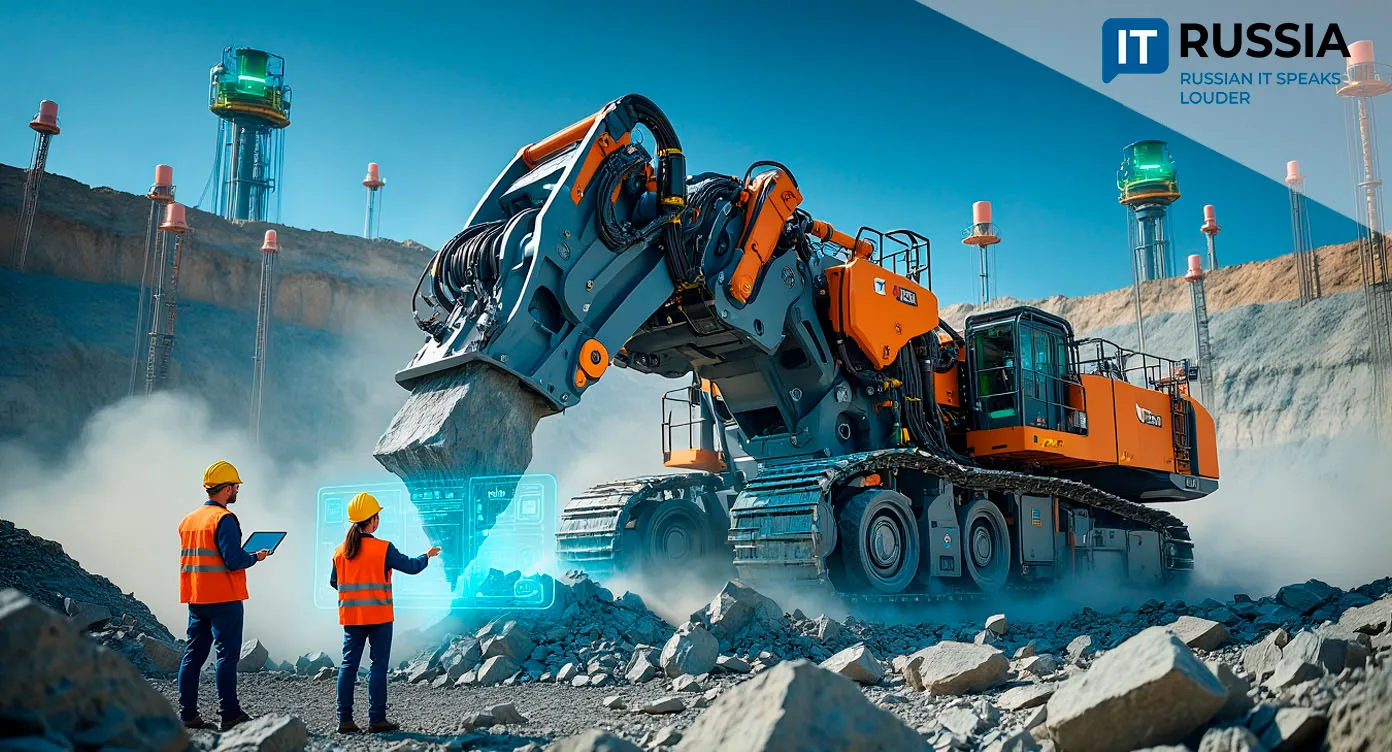
A Technological Leap for Russian Mining
The innovation is the result of a collaboration between Nornickel—one of the world’s leading producers of nickel and palladium—and Russian IT company Reksoft. Their joint development, a robotic rock breaker, marks a major milestone in the digital transformation of Russia’s mining industry. The system autonomously performs ore fragmentation after blasting, eliminating one of the most hazardous manual operations in mining.
Equipped with machine vision and LiDAR sensors, the robot detects the shape and size of rocks, selects the optimal impact point, and operates a hydraulic hammer with precision. Operators can switch between autonomous, semi-automatic, or manual control if needed, ensuring safety and flexibility.
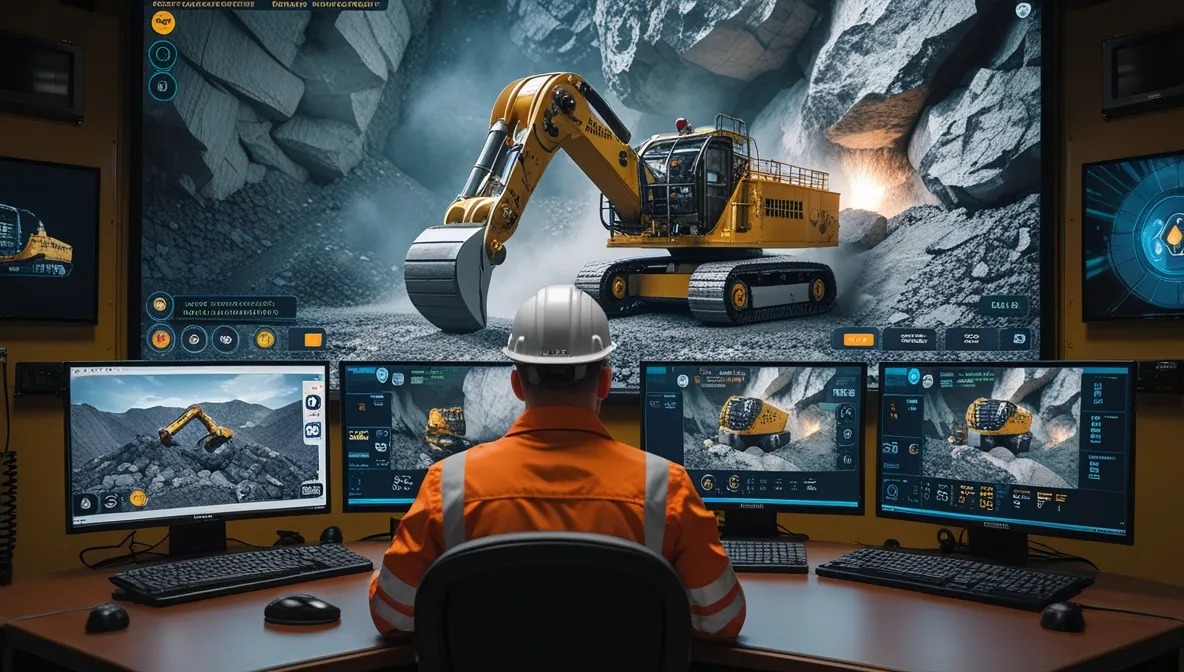
According to Russia’s Ministry of Energy, the mineral resource sector—including fuel and metallic minerals—accounts for about 10–12% of the country’s GDP and more than half of its exports. Industry research suggests digitalization could boost labor productivity in the sector by 20–30%.
Nornickel’s project is part of its larger ‘Technological Breakthrough’ program, which already includes autonomous dump trucks and load-haul machines. Other Russian companies are following suit: EVRAZ is implementing the ‘Geomettalurgy’ project in Kachkanar, KAMAZ is developing the autonomous mining truck ‘Jupiter 30,’ and Chukotka’s Baimskaya deposit will feature up to 50 driverless haul trucks. These initiatives collectively form an emerging ecosystem for mining robotics in Russia.
Local Gains, Global Ambitions
Mining remains one of the most hazardous industries, with constant risks of collapses, gas emissions, and vibration exposure. Robotics minimizes human presence in dangerous zones, directly reducing injury and occupational disease rates. In harsh climates like the Arctic, where Nornickel operates, automation also improves working conditions and reduces the physical load on personnel.
Autonomous systems can work around the clock in environments unsuitable for humans, increasing production and reducing downtime. Precision blasting and rock fragmentation optimize material use, improve quality, and reduce operational costs. Developing proprietary robotics, such as this rock-breaking system, strengthens technological sovereignty by reducing dependence on imported machinery and software—a critical advantage amid current geopolitical constraints.
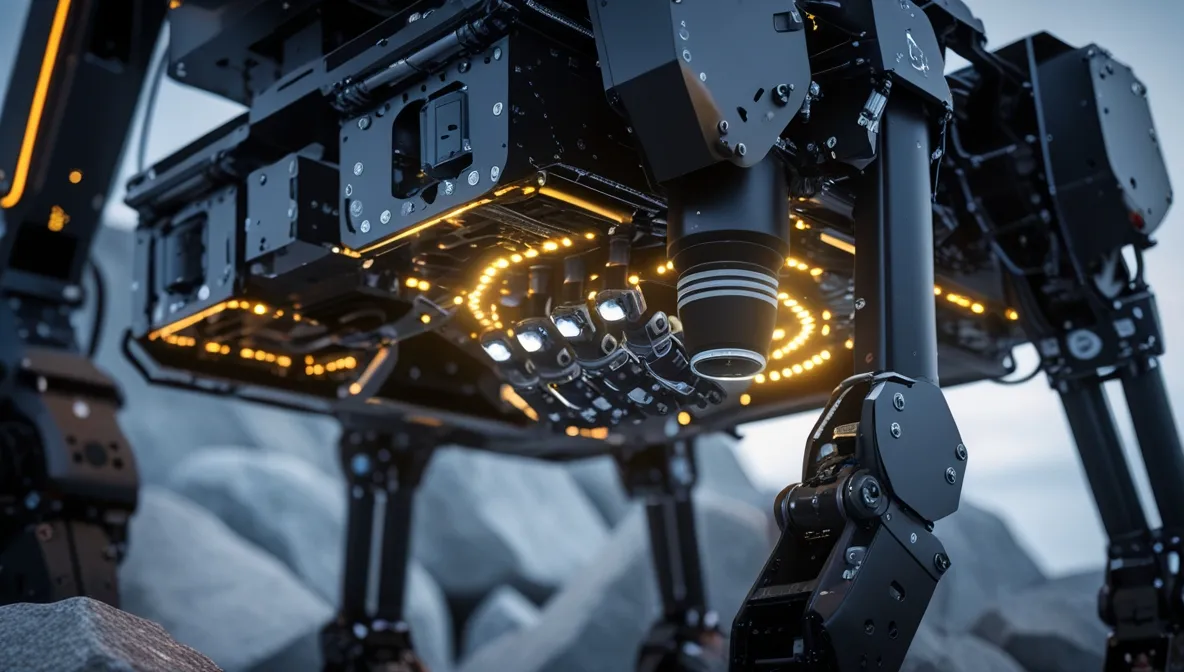
Successful deployment could position Russia as not just a supplier of raw materials, but also as a developer of advanced mining technologies for global export.
Toward Fully Digital Mines
Pilot testing of the robotic rock breaker is expected to conclude within a year, followed by integration with monitoring and telemetry systems for real-world deployment.
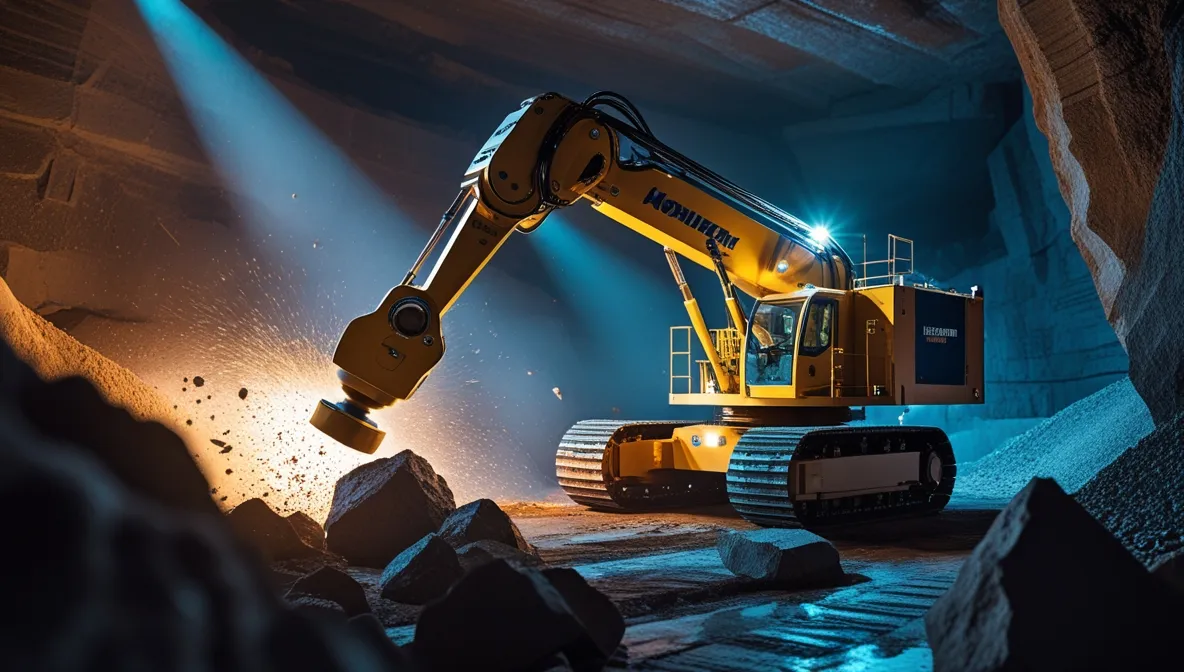
Mass implementation across Nornickel’s facilities and other mining enterprises is projected within the next 3–5 years. During this phase, the technology will be integrated into unified digital mine management platforms, enabling data analytics and predictive maintenance. The long-term vision is the ‘digital mine’—a fully autonomous ecosystem where every process, from drilling and blasting to transport and processing, operates in a seamless digital loop.
This shift is central to Russia’s industrial modernization strategy and its pursuit of global competitiveness in mining technology.












